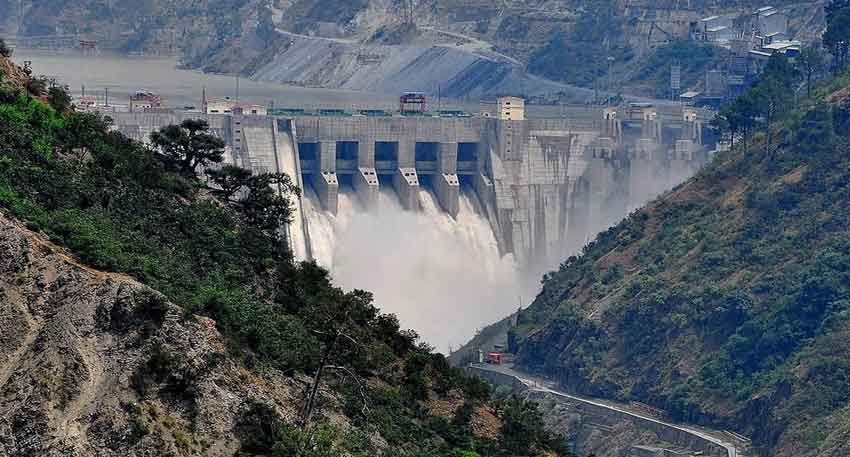
India has once again displayed what’s being called "water terrorism" by blocking the flow of the Chenab River, causing a continuous drop in water levels.
At Head Marala, the river’s inflow was recorded at just 6,326 cusecs, a stark decline from 83,372 cusecs recorded on May 2.
According to details, under orders from the Modi government, gates of the Baglihar Dam’s spillways — built on the Chenab River — have been lowered to restrict the water flow into Pakistan.
Though the dam is technically a run-of-the-river hydroelectric plant — allowed under the Indus Waters Treaty — it is increasingly being seen as a tool of pressure rather than power generation.
Chenab is one of the three western rivers allocated to Pakistan under the Indus Waters Treaty, and while India has the right to generate power using its water, it now stands accused of weaponizing water flow to exert pressure on Pakistan.
Following India’s move, the river’s flow into Pakistan has plummeted for two consecutive days. Notably, just days ago, India had released a large quantity of water, pushing Head Marala’s inflow to 87,282 cusecs — well above the usual 24,000–25,000 cusecs seen there. After that spike, the flow sharply declined once the gates were shut again.
Also Read: Tit-for-tat or strategic move? Why did Pakistan ban Indian ships?
As of Sunday, water inflow at Head Marala stood at only 6,326 cusecs. Jammu Tawi River recorded 1,649 cusecs and the Manawar Tawi 934 cusecs.
Due to the dwindling flow, the Marala-Ravi Link Canal has been temporarily shut down.
Earlier, on May 2, Head Marala had recorded 83,372 cusecs, with the Jammu Tawi and Manawar Tawi recording 5,104 and 3,902 cusecs respectively.
On May 3, those numbers dropped to 34,188 cusecs at Head Marala, 3,808 in the Jammu Tawi, and 2,298 in the Manawar Tawi.




